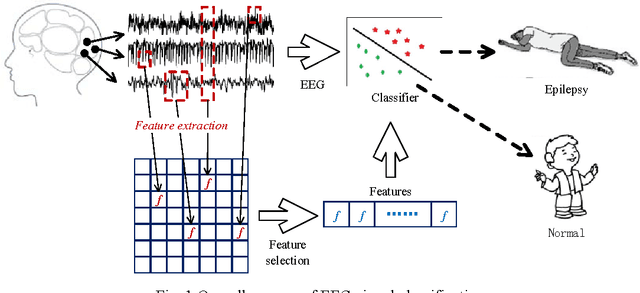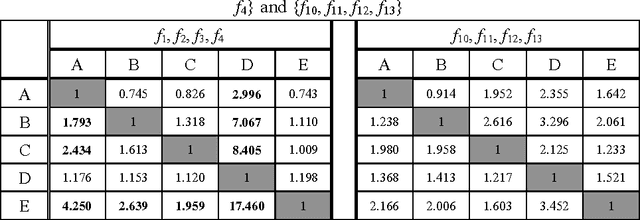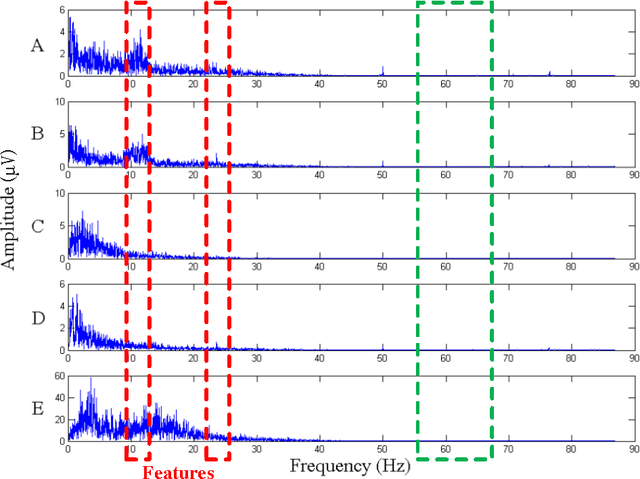Effective and Extensible Feature Extraction Method Using Genetic Algorithm-Based Frequency-Domain Feature Search for Epileptic EEG Multi-classification
Paper and Code
Jan 22, 2017



In this paper, a genetic algorithm-based frequency-domain feature search (GAFDS) method is proposed for the electroencephalogram (EEG) analysis of epilepsy. In this method, frequency-domain features are first searched and then combined with nonlinear features. Subsequently, these features are selected and optimized to classify EEG signals. The extracted features are analyzed experimentally. The features extracted by GAFDS show remarkable independence, and they are superior to the nonlinear features in terms of the ratio of inter-class distance and intra-class distance. Moreover, the proposed feature search method can additionally search for features of instantaneous frequency in a signal after Hilbert transformation. The classification results achieved using these features are reasonable, thus, GAFDS exhibits good extensibility. Multiple classic classifiers (i.e., $k$-nearest neighbor, linear discriminant analysis, decision tree, AdaBoost, multilayer perceptron, and Na\"ive Bayes) achieve good results by using the features generated by GAFDS method and the optimized selection. Specifically, the accuracies for the two-classification and three-classification problems may reach up to 99% and 97%, respectively. Results of several cross-validation experiments illustrate that GAFDS is effective in feature extraction for EEG classification. Therefore, the proposed feature selection and optimization model can improve classification accuracy.
 Add to Chrome
Add to Chrome Add to Firefox
Add to Firefox Add to Edge
Add to Edge